ShapeChanneler
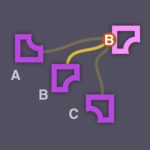 The ShapeChanneler node allows you to specify multiple shape inputs and provides a Channel parameter that decides which of the inputs the node will output. In this sense, it is the 2D analogy of the Channeler node.
The ShapeChanneler node allows you to specify multiple shape inputs and provides a Channel parameter that decides which of the inputs the node will output. In this sense, it is the 2D analogy of the Channeler node.
In the example below, we have three shapes that we instantiated from the 2D library sidebar. If we multi-select the the three shape nodes and then click the ShapeChanneler node in the right sidebar, the three shapes will be automatically fed into the node inputs. You may still add more nodes after that.
When you connect the output of the ShapeChanneler to another node, such as a ShapeMerger or a Mesher, only one shape will be passed to the downstream node based on the Channel setting.
In some ways, the ShapeChanneler shares some of the functionality of the ShapeDistributor, in that, it lets you swap shapes that propagate downstream. The difference is that the shapes are all ready to go and await their channel to be selected in order to become the output that the downstream nodes use.
The power of the ShapeChanneler becomes apparent in more complex graphs. Compare the next two images: in the first image, Rectangle has been selected in the Channel parameter and in the second image, the Circle has been selected:
The ShapeChanneler’s Channel parameter can be exposed as a runtime parameter so that you may allow your player to swap shapes in-game.

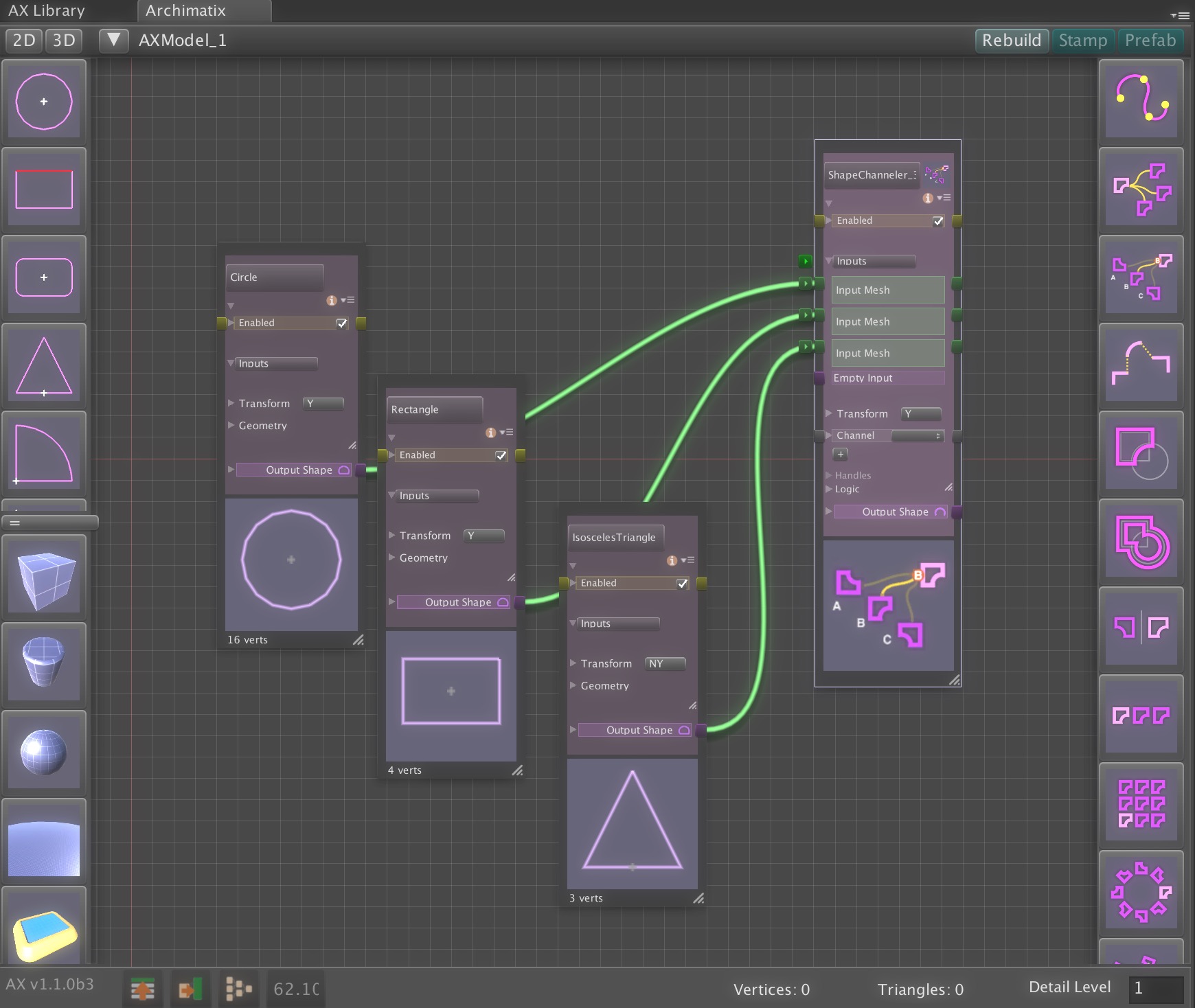
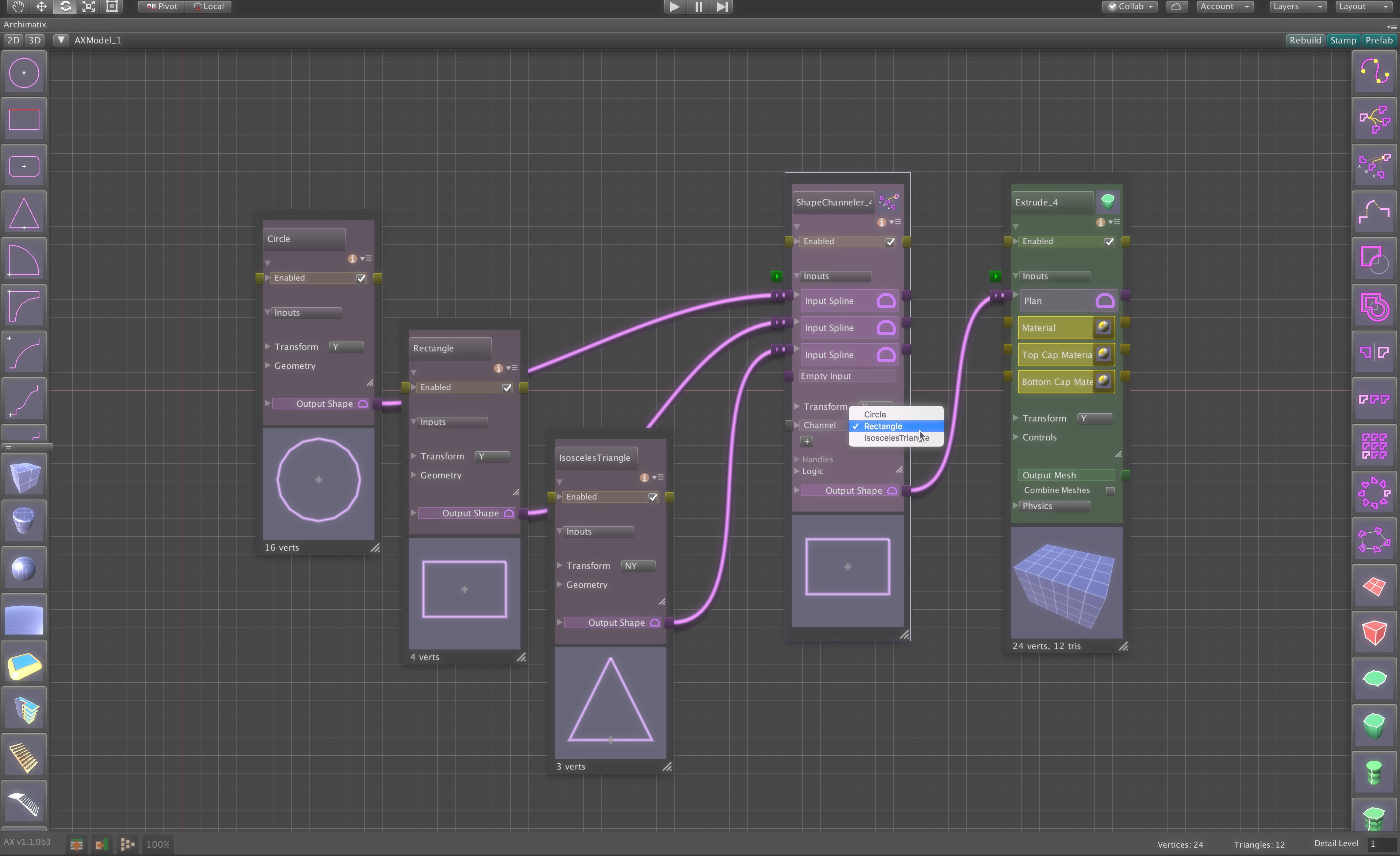
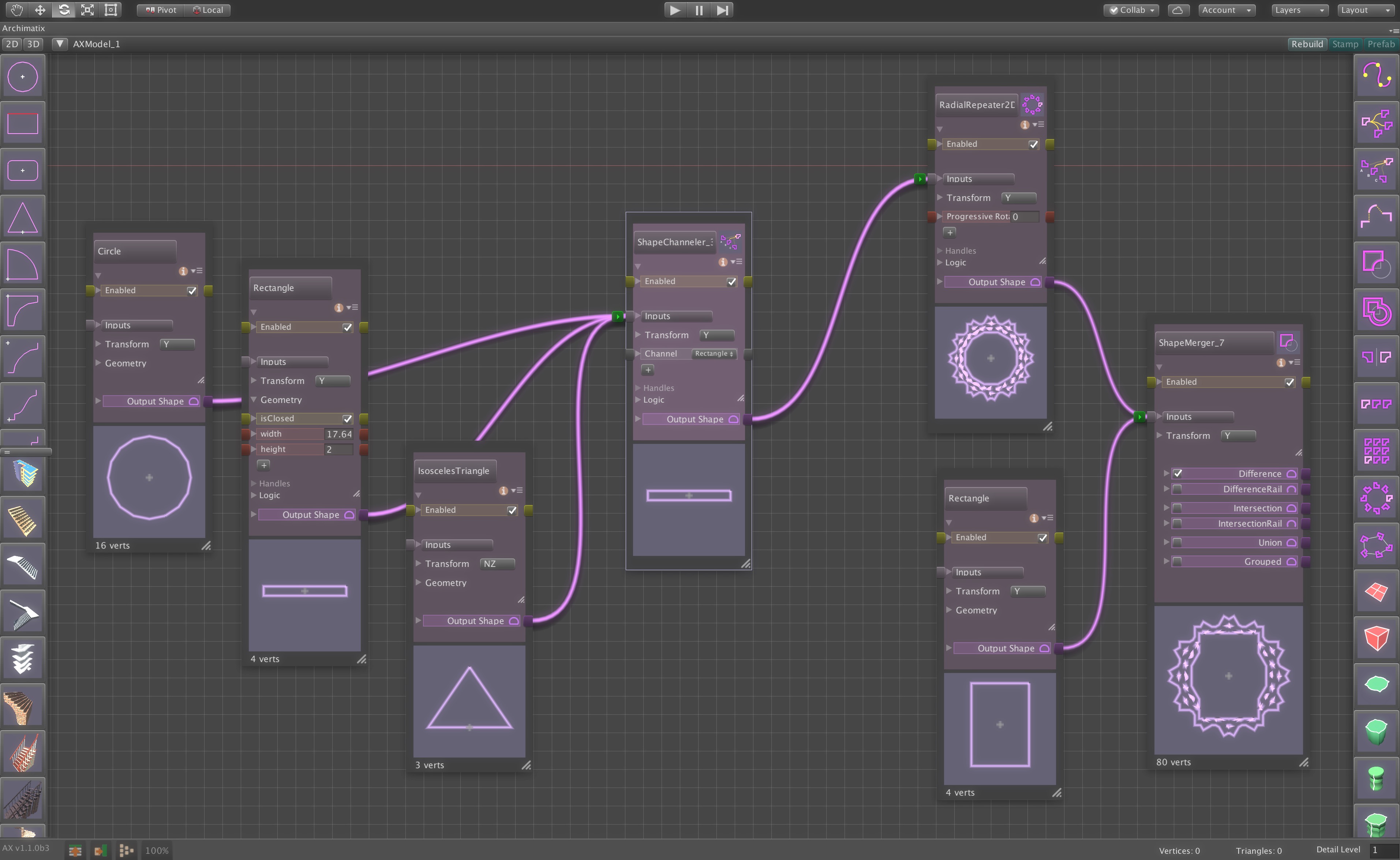
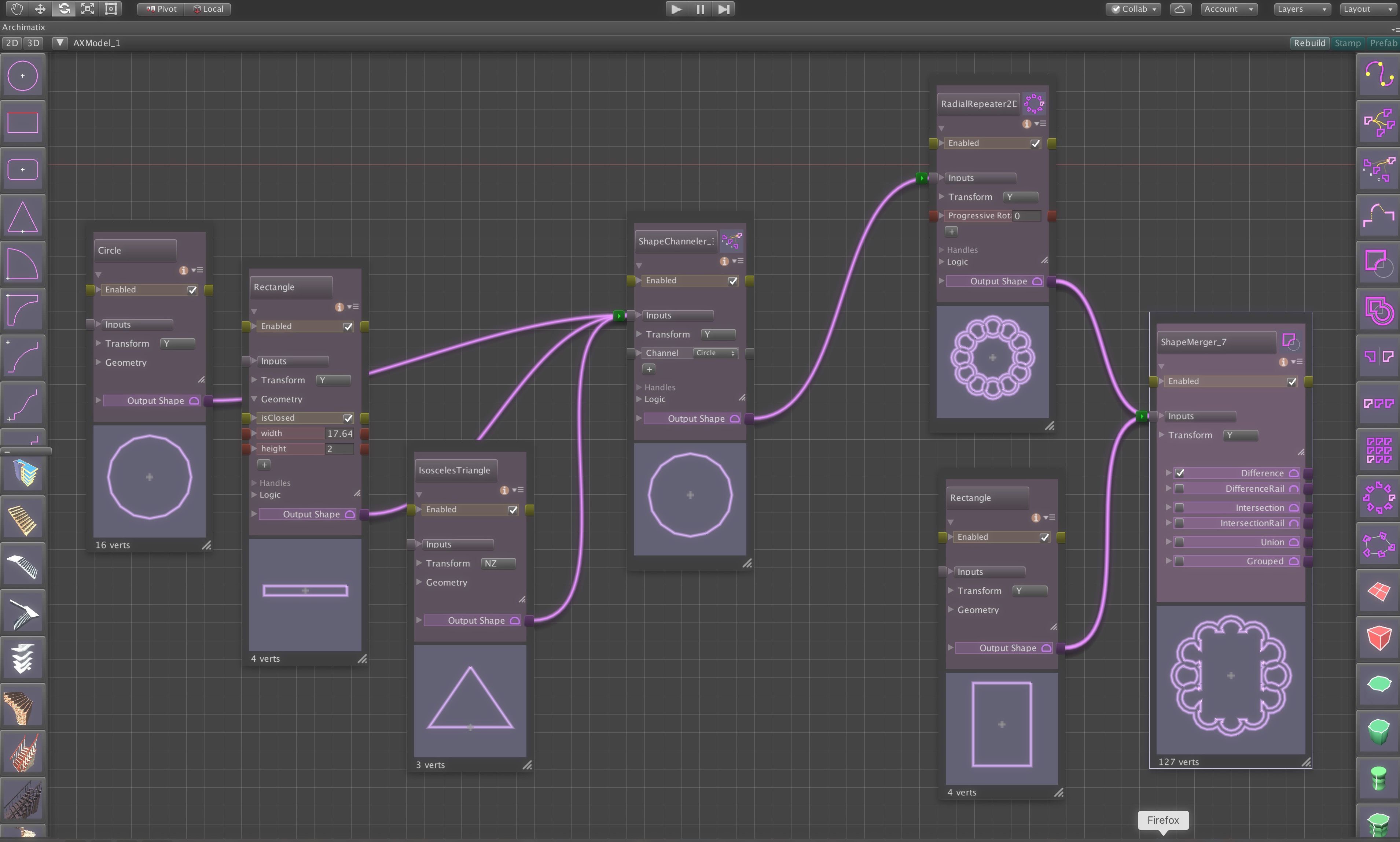
Recent Comments